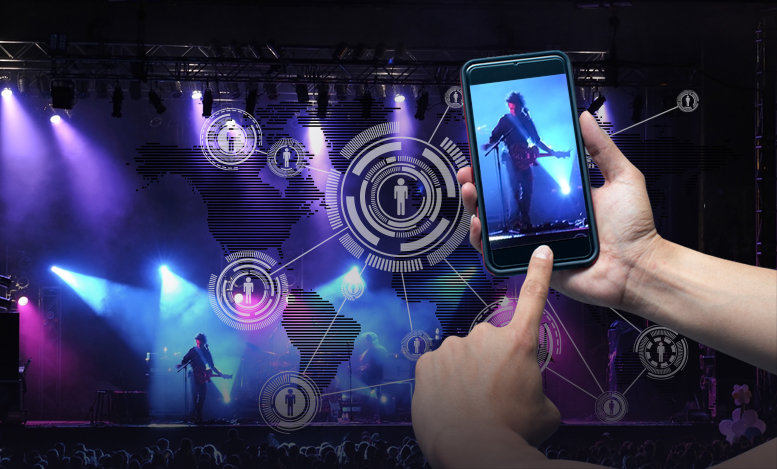A State-of-the-Art Network Takes Shape
As organizations move toward digital transformation, the data center is becoming less a physical space and more of a hub, with spokes consisting of a virtualized network architecture, hybrid cloud, and modern infrastructure architecture. The lynchpin of these systems is connectivity, which must be strong, fast, and consistently reliable throughout the network.
So what does that look like? One cutting-edge example is Boston’s TD Garden arena, where our team worked to completely revamp its network architecture and data center to provide fans with a world-class user experience.
TD Garden, built in 1995, was struggling along with slow Internet connections. Visitors trying to send email or post to social media were often cut off. The problem was the network; the fans did not have any Internet access other than using the pre-existing DAS (3/4G) wireless solution—which couldn’t provide enough access to support the arena’s capacity of over 17,000. In addition to improving connections, the arena’s owners wanted to provide fans with a modern, interactive experience.
So we teamed up with Cisco to add Internet access for fans with a wireless deployment. We create a solution that would support the arena’s current capacity via Wi-Fi, as well as upgrade the network to futureproof the environment—as network usage will only increase in the coming years.
In the Walls, Under the Floors—Whatever It Takes
Over the course of two years, we worked with our partner Cisco to deliver a solution that would accommodate all three of the stadium’s venues: a parquet floor for basketball, an ice floor for hockey, and a stage for concerts. We added more than 280 enterprise-grade access points to maximize coverage without disturbing the arena’s aesthetics. Four hundred antennas were installed to create a high-density Wi-Fi network for fans.
The Wi-Fi hotspot antennas were placed around the perimeter, in the upper bowl attached to the scoreboard, and along ring-side seats, which presented logistical challenge. In an industry first, antennas were fitted into the side walls of the hockey rink, tweaked to withstand the force of players who are slammed into the boards. For the basketball arena, Wi-Fi antennas were built into the parquet floors, another industry first. Connections were also added to ticketing and concession areas.
Once the system was deployed, we used heat maps to fine-tune frequencies for even coverage throughout the stadium. Then our team conducted stress tests during pre-season games, adjusting settings to reduce interference.
Speed, Convenience, and Data Analytics
Today, guests can send emails and post pictures on social media at top speed during games or concerts. They can use team apps and the TD Garden app, which offers interactive features and contests. The arena also has over 200 digital point-of-sale signage boards. Servers can take food and beverage orders and accept payments with handheld devices.
On Level Four, visitors use a touch screen to explore menu options or get directions to retail stands, restrooms, or their seats. The interactive directories provide TD Garden with insights on what visitors want, setting the stage for future improvements.
Not every network upgrade is as complex as TD Garden’s. But no matter the size of your network, our experts pay equal attention to detail, providing innovative ways to deliver you and your customers the speedy, reliable connectivity that today’s environment demands.
Click to learn more about the complete range of networking services available through Connection.

